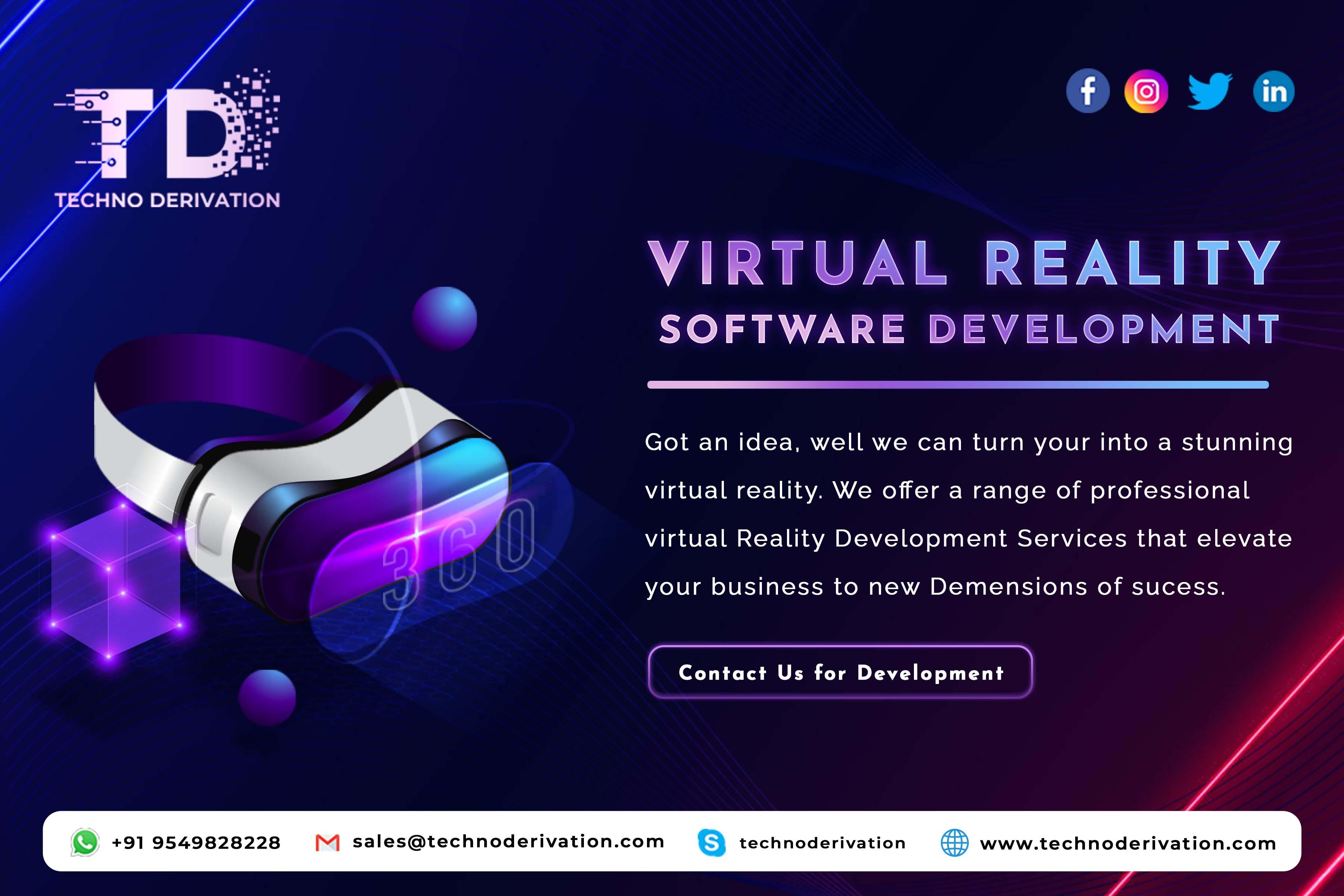Introduction:
Virtual Reality (VR) has transcended the realm of science fiction, becoming a transformative technology that immerses users in simulated environments. This article explores the evolution, applications, challenges, and promising future of virtual reality, unlocking a new dimension of human experiences.
The Evolution of Virtual Reality:
The concept of virtual reality dates back to the mid-20th century, but it wasn't until recent decades that technological advancements made immersive VR experiences accessible. High-resolution displays, motion tracking sensors, and powerful computing hardware paved the way for the development of VR technology, allowing users to step into virtual worlds with unprecedented realism.
Applications Across Industries:
-
Gaming and Entertainment: The gaming industry has been a primary driver of VR technology. VR gaming takes players beyond the screen, providing an immersive experience where they can interact with virtual environments and characters in a more lifelike manner.
-
Education and Training: VR is revolutionizing education and training by creating realistic simulations. From medical students practicing surgeries to professionals undergoing virtual training scenarios, VR offers a hands-on and immersive learning experience.
-
Healthcare: VR is utilized in healthcare for therapeutic purposes, such as pain management and mental health treatment. Virtual reality environments can distract patients from pain, provide exposure therapy for phobias, and support mental well-being.
-
Architectural Visualization: Architects and designers use VR to create virtual walkthroughs of architectural designs. This allows clients to experience spaces before construction, providing valuable insights and enhancing collaboration between stakeholders.
-
Virtual Tourism: VR enables users to virtually explore destinations worldwide without leaving their homes. Virtual tourism experiences transport users to iconic landmarks, historical sites, and natural wonders, offering a sense of presence and immersion.
Challenges and Considerations:
-
Hardware Limitations: Despite advancements, VR hardware faces challenges in terms of affordability, comfort, and technical specifications. Overcoming these limitations is crucial for widespread adoption and continued innovation in VR technology.
-
Content Development: Creating compelling VR content requires specialized skills and resources. Developers must consider factors such as immersion, interactivity, and optimization for different VR platforms to deliver high-quality experiences.
-
Motion Sickness and Health Effects: Some users may experience motion sickness or discomfort when using VR, especially in experiences with rapid movement. Minimizing these effects and ensuring user comfort are priorities for VR developers.
The Future of Virtual Reality:
As technology continues to advance, the future of virtual reality holds boundless possibilities. Anticipated developments include improvements in display technology, haptic feedback systems, and augmented reality integration. VR is expected to become more immersive, interactive, and seamlessly integrated into various aspects of our lives.
Conclusion:
Virtual reality has evolved from a futuristic concept into a tangible reality, offering immersive experiences that captivate and inspire. From gaming and education to healthcare and beyond, VR is reshaping industries and pushing the boundaries of what's possible in the digital age. As the journey of virtual reality continues, the quest for ever more immersive, intuitive, and accessible experiences will drive innovation and shape the future of technology and human interaction.

